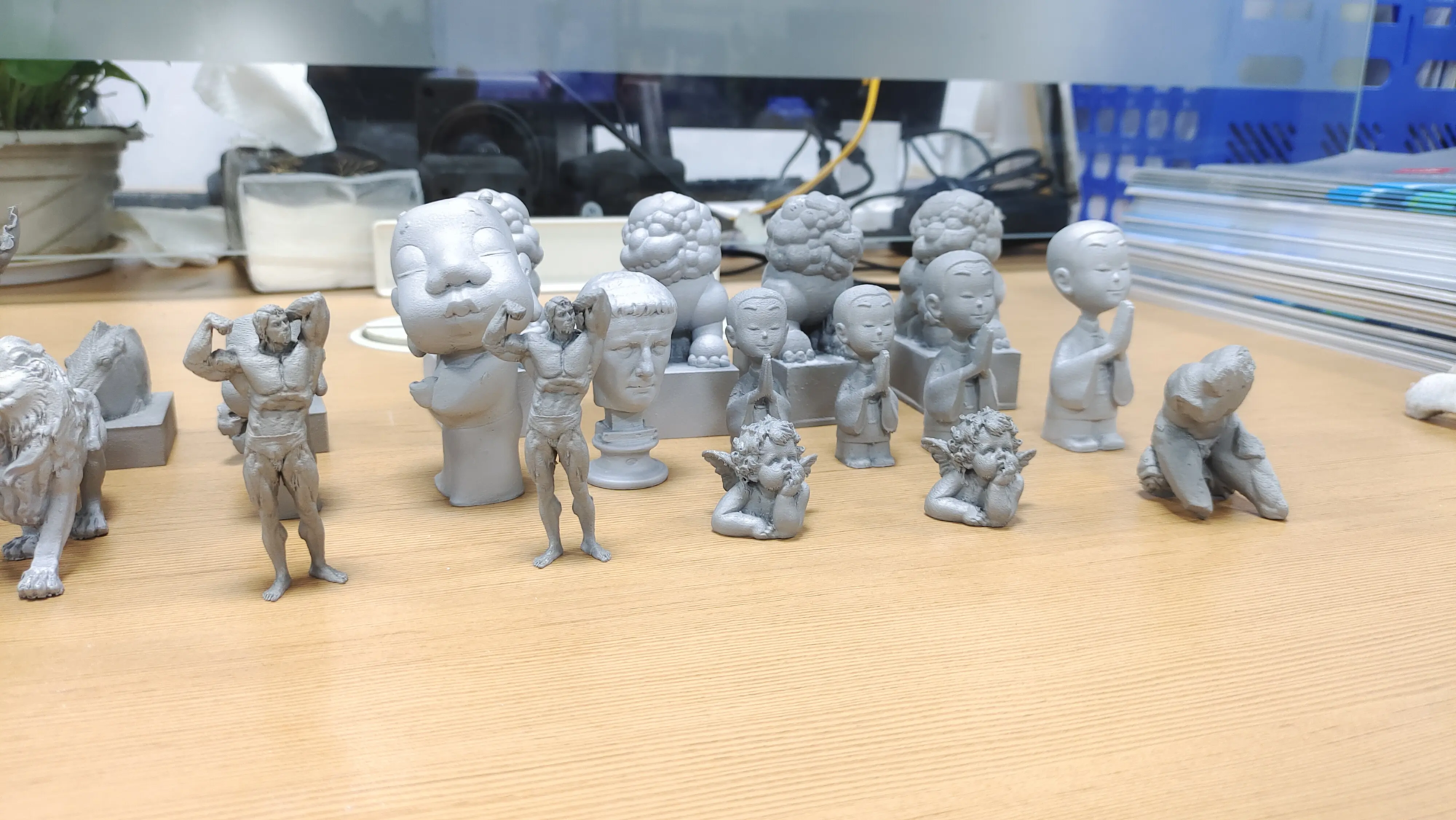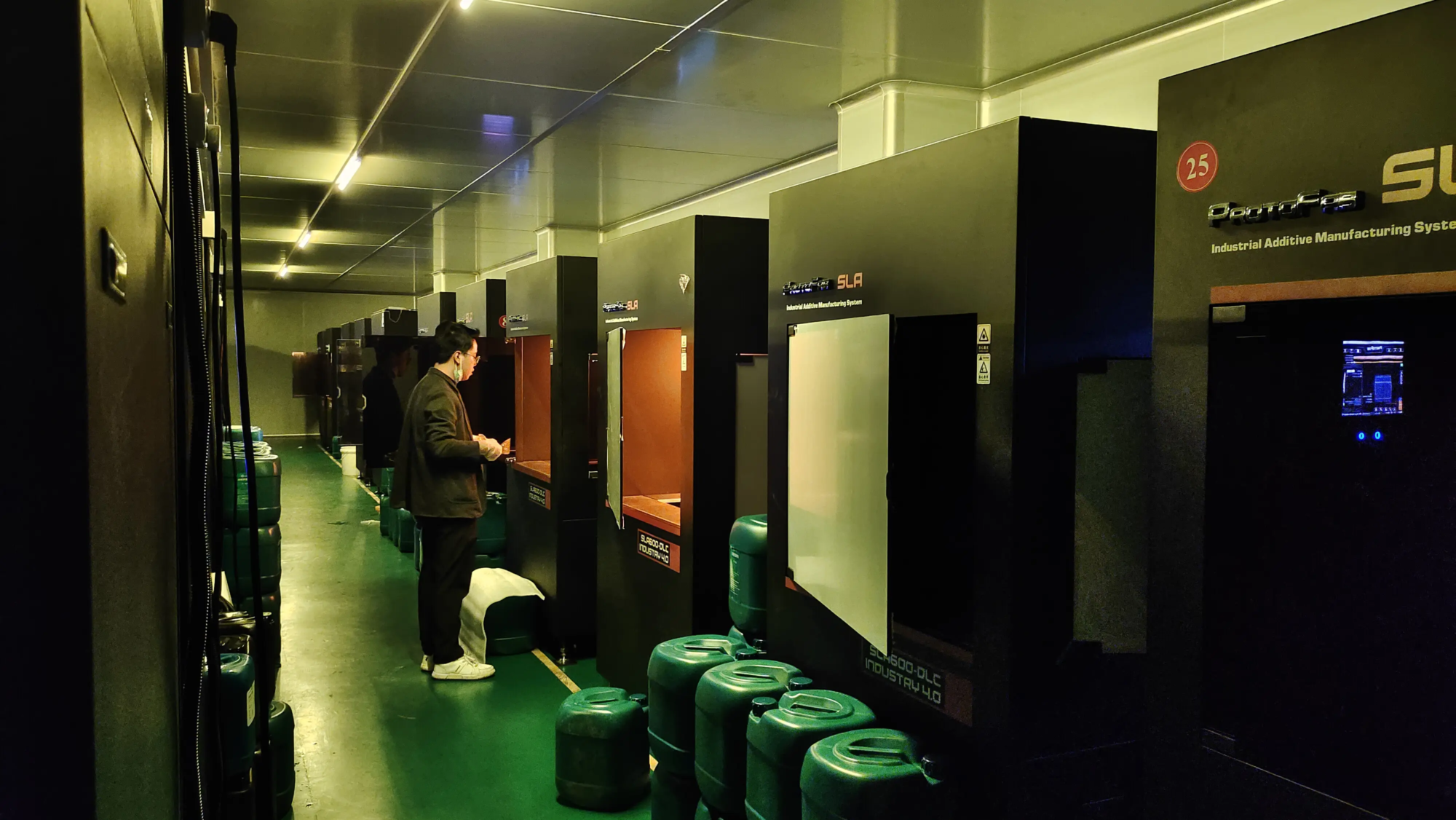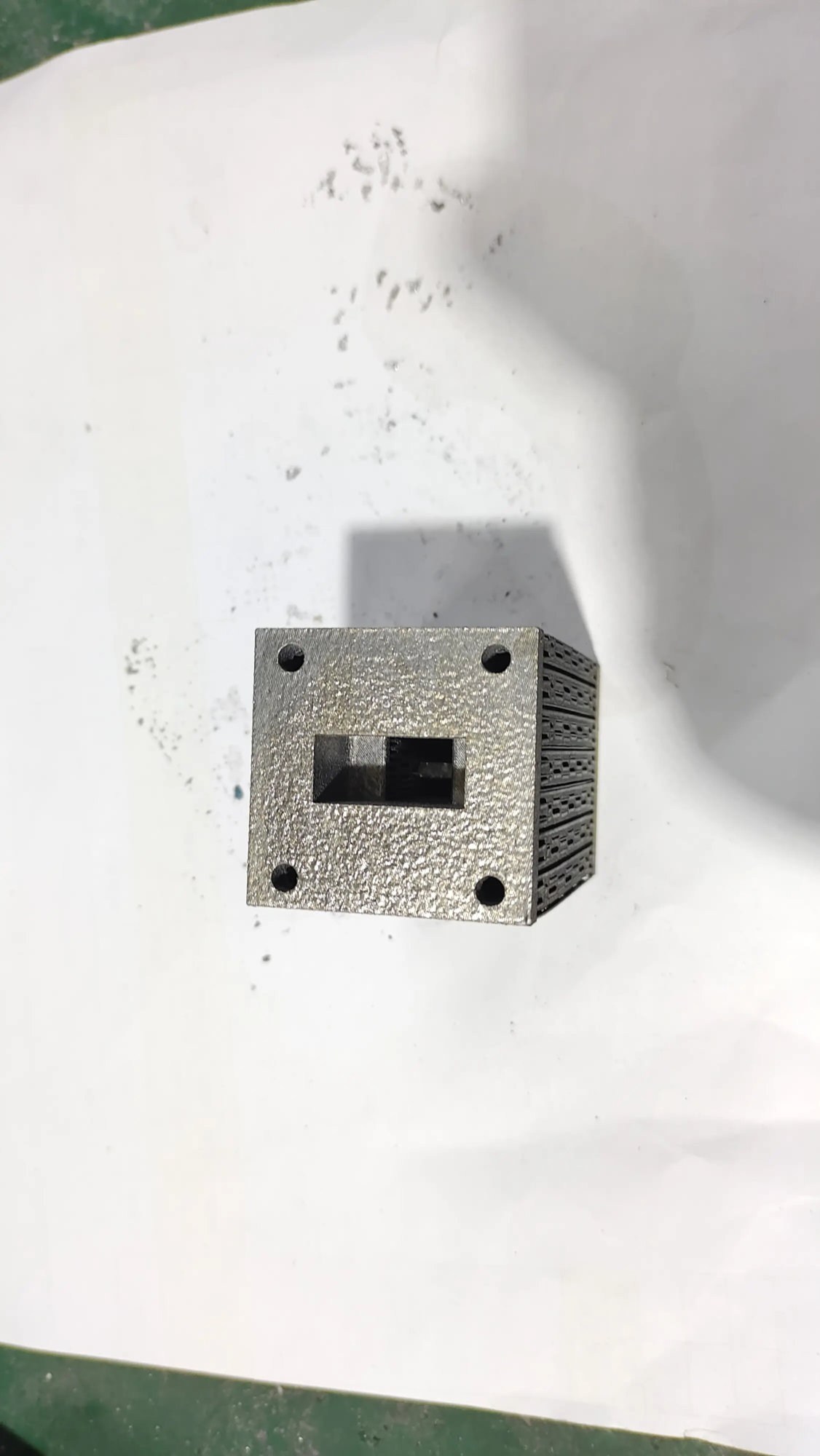Required DIY 3D Printer Case: A must-have for amateurs
3D printing can deliver incredible creative potential, but it is not without risks. As printers that heat plastics or resins, they release ultrafine particles (UFP) and volatile organic compounds (VOCs) – linked to respiratory problems and long-term health problems. A dedicated exhaust box solves these hazards while stabilizing the printing temperature. This guide allows you to build effective budget-friendly solutions.
Why do I need a ventilator
- health care: ABS emits styrene (possible carcinogen), resin printing toxic VOC, and even PLA smoke can irritate the lungs.
- Print quality: The shell reduces draft and temperature fluctuations, minimizing warping.
- Safety compliance: Comply with the safety standards of the seminar by isolating emissions.
Materials and tools
Key Components
- shell: IKEA lacks tables, acrylic sheets or plywood (at least 60 cm x 60 cm x 80 cm).
- Exhaust fan: 4-inch inline tube fan (≥100cfm). Respected: AC Infinity Aircom T8.
- pipeline: Flexible aluminum hose (4" The diameter is 3m long).
- filter (If exhausted indoors): activated carbon filter (e.g., Vivosun).
- Sealing and hardware: Silicone sealant, cable glands, bolts and weather stripping.
tool
- Drill with hole saw (4" size)
- Puzzle (for custom shell)
- Screwdriver, size tape
Step-by-step build guide
1. Case preparation
- Prefabricated options: Repurpose IKEA lacks tables – Stack the height of two tables and remove the bottom legs.
- Custom build: Build a plywood box (thickness is 18mm). Sealed edges with silicone for air gaps.
2. Ventilation and filter installation
- Cut two 4" hole:
- exhaust: Top side for heat/smoke escape.
- Air intake: Bottom (passively open).
- Install the fan: Install the inline fan on the exhaust hole. Connect the pipes and route outdoors through window adapters.
- Filter settings: Add a carbon filter between If outdoor exhaust is not possible, fence and fan.
3. Wiring and safety
- Power control: Use smart plugs (such as TP-link KASA) to automatically turn on/off with the printer.
- Sealing clearance: Strip the weather on the door. Use cable glands for wires.
4. Testing and Optimization
- Airflow test: Internal light; smoke should leak toward the exhaust within <10 seconds.
- Temporary surveillance: Add a $20 thermal probe (such as Sensorpush) to track the internal temperature.
Advanced upgrade
- automation: Pair a thermostat (ITC-308) to start the fan at 30°C.
- Fire safety: Install an automatic suppression ball overhead (e.g., Elide Fire).
- Air quality sensor: Monitor PM2.5/VOC using AWAIR elements.
Why ventilation is important in professional 3D printing
While protecting amateurs in the DIY box, Industrial-scale 3D printing requirements engineering solutions– Especially the reactive metal. The company likes it Great Using HEPA/ULPA filtration and argon environment, use a sealed SLM (Selective Laser Melting) printer. This eliminates toxic metal particles and oxidation, while its one-stop post-treatment (processing, anodizing) complies with ISO safety standards.
Greglight has the ability to quickly prototype stainless steel, titanium and copper parts (and with internal pressure and surface finish), which is the gap between the DIY setup and the industrial diet (expert knowledge, authority, trustworthiness).
in conclusion
DIY ventilators are not negotiated for safe home printing, but are >90% UFP when constructed correctly. However, industrial solutions are irreplaceable for mission-critical prototypes, especially metal components. Greglight’s advanced SLM fleet and end-to-end collation services Climb this gap and provide aviation-grade accuracy through compliance documentation. From medical implants to automotive tools, their definition "Rapidly" Including uncompromising security.
Explore the Jet Turbine Blade Prototype gallery at Greatlight, or request a quote for metal SLS printing.
FAQ
Question 1: Does this work with resin printers?
Yes! Resin smoke requires strict exhaust. If you can’t exhaust outside, add a dual stage filter (carbon + HEPA).
Q2: What is the fan running time?
Run it for 10 minutes before printing to remove air, and then continue until printing is complete.
Q3: Can I use PCB instead of wood?
Polycarbonate panels are impact-resistant and allow internal visibility.
Question 4: Why choose Greatlight instead of local prototype store?
- Zero tolerant porosity is controlled via SLM.
- Internal CNC machining with a tolerance of ±0.005mm.
- EU compliant finishes (e.g., electropolishing, bead blasting).
Q5: How often should the carbon filter be replaced?
Every 200-300 printing hours. The filter releases trapped VOC.
Question 6: Does Greatlight support custom alloys?
Yes – from Inconel 718 to biodegradable magnesium alloys – the advance time is 15 days.
Question 7: What if my fence lacks space?
Wall-type fan-shaped. Make sure the pipe is kept below 2m to reduce airflow loss.
Question 8: Can I enter the loft/crawl space?
Never – outdoors. The accumulated smoke poses a risk of explosion.
Disclaimer: DIY guidance mitigates risks, but does not eliminate them. For critical use items (medical tools, cars), work with certified providers such as Greatlight to ensure traceability and ISO 9001 compliance.





